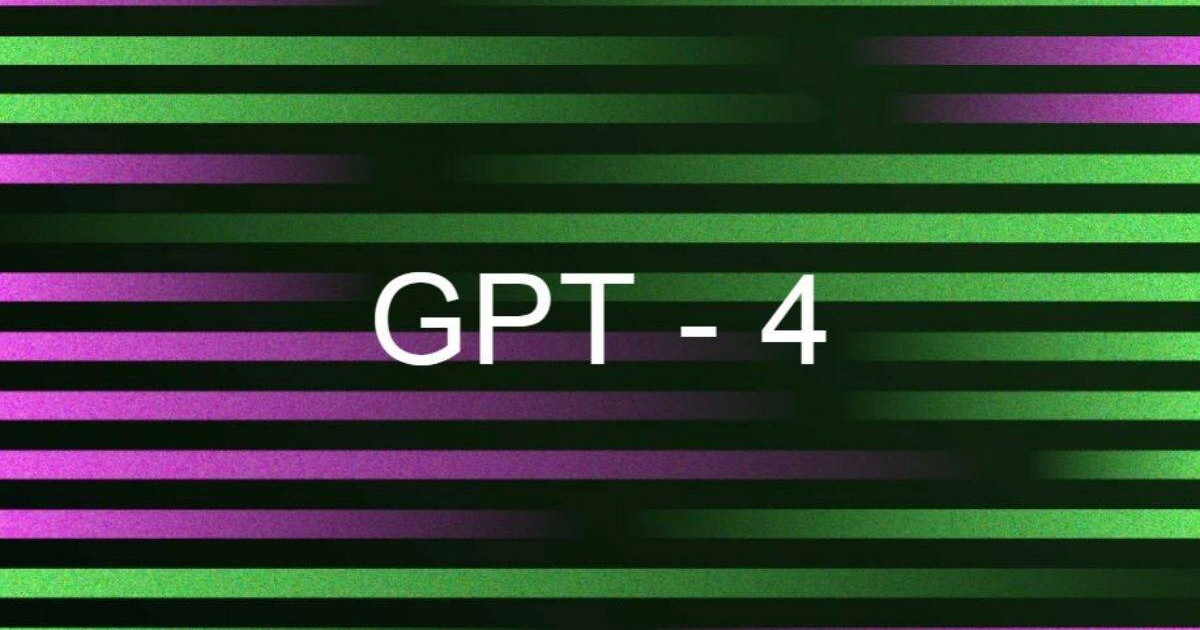OpenAI, the Microsoft-backed startup, has launched GPT-4, the latest iteration of its large language model that surpasses its predecessor, the wildly popular ChatGPT. GPT-4 is a “multimodal” language model, meaning it can generate content from both image and text prompts. This groundbreaking AI technology can recognize objects in an image and analyze them, in addition to generating responses of over 25,000 words, unlike its predecessor, which was limited to 3,000-word responses.
GPT-4 is 82% less likely to respond to requests for disallowed content than GPT-3.5 and scores 40% higher on certain tests of factuality. Moreover, GPT-4 allows developers to choose the tone and style of their AI’s conversation, unlike the previous version, which had a fixed tone and style.
GPT-4 can assume different styles of conversation, including a Socratic style where it can respond to questions with questions. OpenAI plans to give ChatGPT users the option to change the chatbot’s tone and style of responses soon.
GPT-4 has outperformed its predecessor in various tests, including the U.S. bar exam and the Graduate Record Examination (GRE). It can also perform complex tasks like helping individuals calculate their taxes and creating a real website from a hand-drawn mock-up. Additionally, Be My Eyes, an app for visually impaired people, will offer a virtual volunteer tool powered by GPT-4 on its platform.
However, like all AI programs, GPT-4 has its limitations. It is “less capable than humans in many real-world scenarios,” and inaccurate responses or “hallucinations” are still a challenge. Furthermore, GPT-4 lacks knowledge of events that occurred after September 2021, as most of its data was cut off at that point. It also cannot learn from experience.
Only text-input features of GPT-4 will be available to ChatGPT Plus subscribers and software developers with a waitlist, while the image-input feature is not publicly available yet. GPT-4 powers Microsoft’s Bing Al chatbot and some features on the language learning platform Duolingo’s subscription tier.
In conclusion, GPT-4 is a groundbreaking AI technology that can generate content from both image and text prompts, allowing developers to choose the tone and style of their AI’s conversation. While it has outperformed its predecessor in various tests and can perform complex tasks, it still has limitations, and its image-input feature is not yet available to the public.
